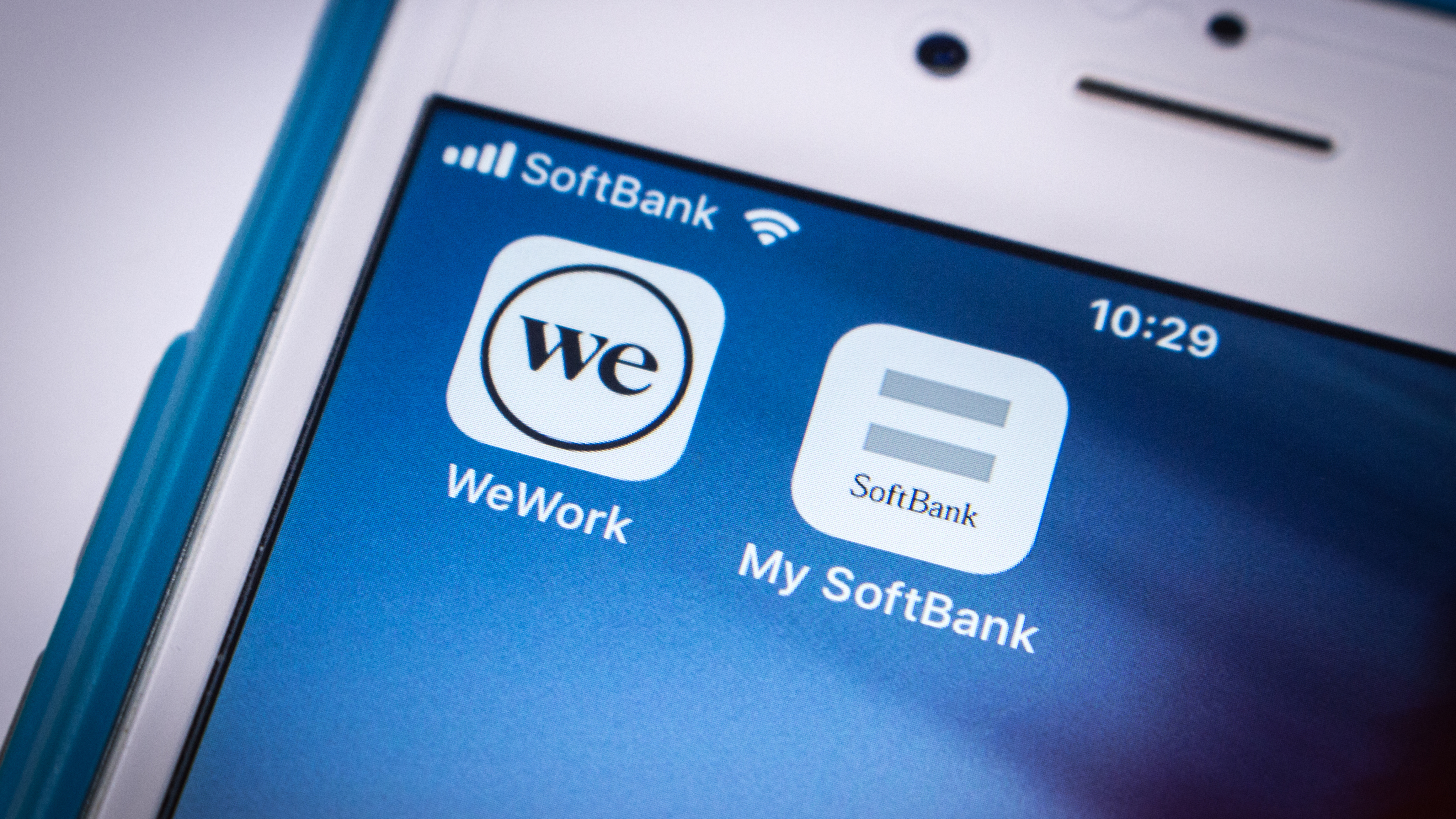When the disruptors are disrupted
The coronavirus pandemic has laid bare structural weaknesses in the sharing economy. Can the sector ever recover?


There was a time – just a few years ago – when you couldn’t move at tech get-togethers, or even speak to someone in the industry on the phone, without them mentioning Uber and Airbnb in glowing terms.
These were the disruptors. The future of tech and business. The heralds of the ‘sharing economy’.
‘Optics’ problems, to put it euphemistically, had already started to put the dampers on this kind of rhetoric in recent times, particularly with regard to Uber. But whether you thought these types of organisations were shining examples of pioneering new business models or something more sinister, it’s doubtful you would have predicted a microbe is what could have brought them low. Yet, with the collapse of the tourism and travel industries caused by the coronavirus outbreak, that’s exactly what has happened.
As my colleague Bobby Hellard wrote last week, the coronavirus pandemic has seen a massive and potentially lasting shift to remote and flexible working. For cloud and digital services providers, this has been great news, but if your business is predicated on people wanting to move around (and being able to), this is a major problem.
The figures are stark. Airbnb is set to lay off a quarter of its workforce, which is to say nothing of the impact on hosts. In an emotional letter to employees, CEO Brian Chesky acknowledged that even if the company fully recovers, “the changes it will undergo are not temporary or short lived” and that the shape of the travel industry has potentially been changed forever.
In the world of ride sharing, meanwhile, Lyft has already laid off 17% of its workforce – 982 individuals – with a further 5% being furloughed. Rival Uber has made a similar move, laying off about 14% of its workforce – 3,700 people – primarily in its customer support and recruitment divisions.
And these figures don’t even take into account all the drivers working for the businesses who often aren’t classed as employees – a longstanding point of contention between ridesharing apps and regulators that’s currently at the centre of a lawsuit in California.
Sign up today and you will receive a free copy of our Future Focus 2025 report - the leading guidance on AI, cybersecurity and other IT challenges as per 700+ senior executives
While we are still waiting on Uber’s quarterly results as I write this, Lyft’s have been issued – and they don’t make for pretty reading.
“For the month of April, rideshare rides were down 75% year-over-year. Ride levels appear to have stabilised, seeming to have reached a bottom in the second week of April. We have since seen three consecutive weeks of week-on-week growth. But clearly, this is from a low absolute ride base, and rides last week were still down more than 70% year-on-year,” said CEO Logan Green on an earnings call transcribed by Seeking Alpha.
“We cannot predict the trajectory or timing of the eventual recovery, but it is clear that macro trends will continue to negatively impact our business. Even as shelter-in-place (lockdown) orders and travel restrictions are modified or lifted, we anticipate that continued social distancing, altered consumer behaviour and expected corporate cost-cutting will be significant headwinds for Lyft. The strength and duration of these headwinds cannot presently be estimated. These are the hard truths we're facing,” he added, echoing Chesky’s comments.
As I said recently on the IT Pro Podcast, the coronavirus pandemic is, in my opinion, a black swan event and as such was impossible to prepare for (although the man behind the theory disagrees). Being as we’re still in the middle of the crisis, it’s also hard to draw any lessons from the experiences of these companies that were once the pinnacle of success in the so-called Fourth Industrial Revolution.
RELATED RESOURCE

The IT Pro Podcast: Can tech survive Coronavirus?
COVID-19 is sweeping the globe, but how much will it affect the tech industry?
But when the dust has settled, it will be in everyone’s interest to examine why these businesses have been on such a rollercoaster ride, what, if anything, could have been done to avert it, and what other organisations can take from the experience in order to make them more resilient to whatever disasters await us in the future

Jane McCallion is Managing Editor of ITPro and ChannelPro, specializing in data centers, enterprise IT infrastructure, and cybersecurity. Before becoming Managing Editor, she held the role of Deputy Editor and, prior to that, Features Editor, managing a pool of freelance and internal writers, while continuing to specialize in enterprise IT infrastructure, and business strategy.
Prior to joining ITPro, Jane was a freelance business journalist writing as both Jane McCallion and Jane Bordenave for titles such as European CEO, World Finance, and Business Excellence Magazine.
-
 Can enterprises transform through startup theory?
Can enterprises transform through startup theory?In-depth For big corporations, the flexibility, adaptability, and speed of a startup or scale-up is often the total opposite of what’s possible within their own operations
-
 AI is creating more software flaws – and they're getting worse
AI is creating more software flaws – and they're getting worseNews A CodeRabbit study compared pull requests with AI and without, finding AI is fast but highly error prone
-
 Uber launches contact-tracing service for public health officials
Uber launches contact-tracing service for public health officialsNews Gives health officials data on drivers and riders who may have come into contact with someone infected with the coronavirus
-
 Uber, WeWork cause SoftBank to lose 99% of quarterly profit
Uber, WeWork cause SoftBank to lose 99% of quarterly profitNews Huge losses threaten the future of the Vision Fund
-
 ICO fines Uber £385,000 following its 2016 data breach
ICO fines Uber £385,000 following its 2016 data breachNews The penalty follows an investigation by the watchdog into Uber’s 2016 data breach
-
 Uber vs Waymo: Uber settles Waymo lawsuit for $245 million
Uber vs Waymo: Uber settles Waymo lawsuit for $245 millionNews The deal brings the long-running case over self-driving trade secrets to an end
-
 Uber edges closer to '$10 billion' SoftBank investment
Uber edges closer to '$10 billion' SoftBank investmentNews Japanese tech giant will lead consortium buying an additional 17% stake in the ride-hailing firm - report
-
 Uber's planning its IPO for 2019
Uber's planning its IPO for 2019News The decision could affect its investment from SoftBank, however
-
 New CEO plans to take Uber public within three years
New CEO plans to take Uber public within three yearsNews Dara Khosrowshahi wants to see change at Uber, and that may include an IPO
-
 Uber faces US Department of Justice bribery investigation
Uber faces US Department of Justice bribery investigationNews The company says it will be cooperating fully with the investiagation